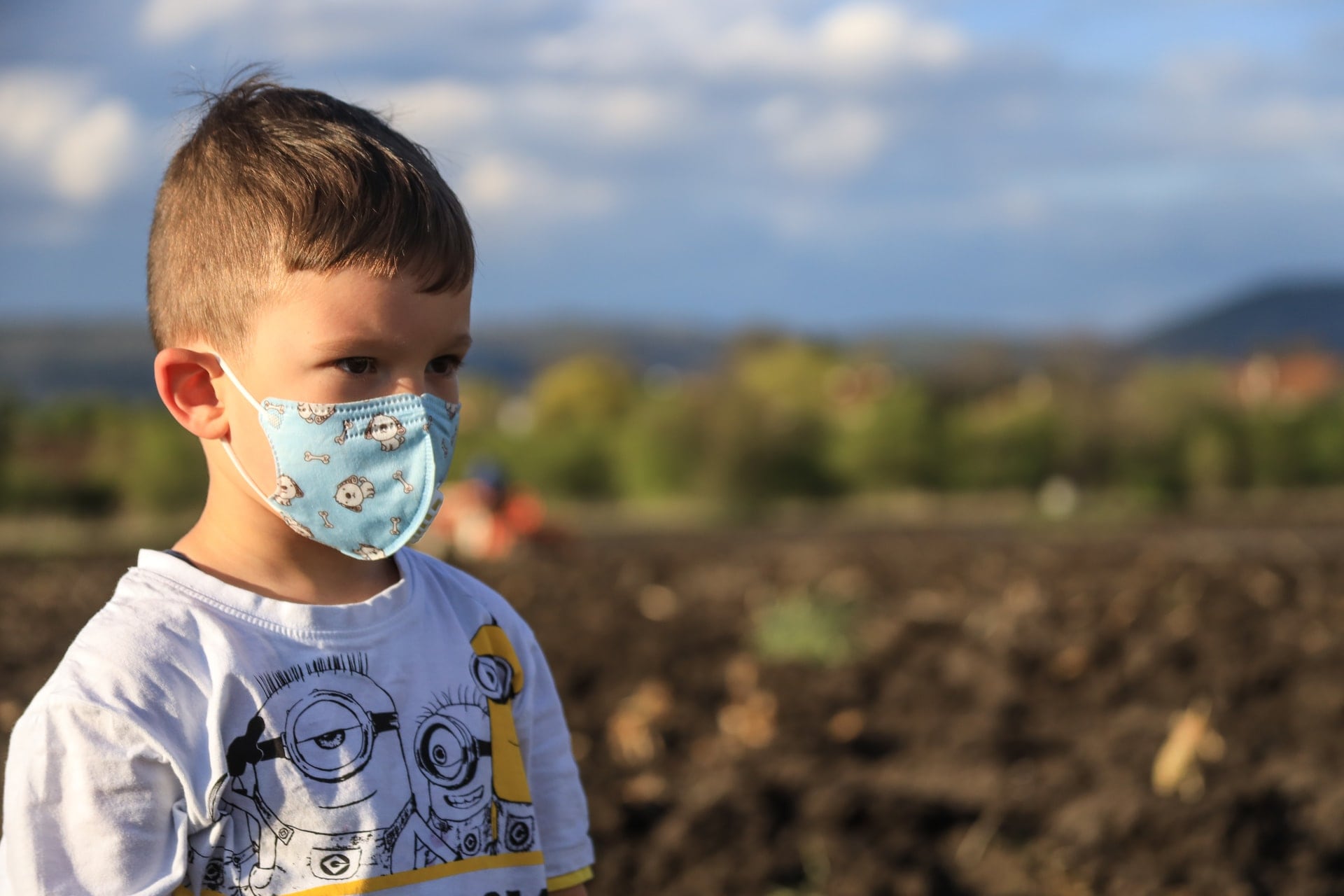On her first day teaching third grade this year, Kaylene Graber might ask her students to draw a picture of themselves wearing a mask.
She plans to encourage her 7- and 8-year-olds in Wayne Township to wear face coverings to slow transmission of the coronavirus.
“I just really hope that they understand,” Graber said.
Gov. Eric Holcomb announced Wednesday that all students in third grade and above must wear masks in schools. Health experts, including the nation’s top public health officials, agree that wearing a mask is essential to help slow the spread of COVID-19.
As the new school year nears, teachers, families, and school leaders wonder how new safety requirements will look in practice.
It won’t be easy, whether working with 7-year-olds or 17-year-olds. Students come from vastly different home environments, where some families have dealt with the virus firsthand while others haven’t seen it as a concern.
School leaders have been pushing for more uniform guidance from the state. Operating under different rules at school and at home could confuse students.
Paramount Schools of Excellence CEO Tommy Reddicks thinks the citywide mask mandate in Indianapolis will help staff get families on board. Holcomb’s mask mandate could have a similar effect.
Former Indiana teachers union President Teresa Meredith knows the coronavirus would be especially dangerous for her because she has chronic asthma — making masks all the more important. Her doctor cleared her to return to the classroom, but she’s still deeply anxious.
She’s fundraising for items such as Command hooks to hang masks and chair pouches to store supplies at each desk, limiting movement.
“It dawned on me that there’s all these things that I need accessible to them, but I can’t share,” she said.
Cary Patterson, president of the Indianapolis Teachers Society, said elementary school teachers will have to lead by example. If they work to establish strong relationships with students, they can draw on them to talk candidly about the importance of the safety protocols.
For example, teachers might liken masks that protect themselves and others to characters students are familiar with, like superheroes.
“I wouldn’t be surprised if we’re just like, hey, if everyone wears a mask, that’s like being a superhero,” Patterson said.
As an Indianapolis Public Schools teacher, Patterson doesn’t know yet what consequences students could face for not wearing a face covering. IPS will likely approve an enforcement policy at the July 30 school board meeting, spokesperson Carrie Black said in an email.
Indiana State Teachers Association President Keith Gambill said districts should provide teachers with clear policies on their expectations. This could resemble a school dress code.
“I think for every school district, it’s important that teachers and staff know and understand what are the rules and protocols and what to do in cases where rules are violated,” Gambill said.
IU professor Scott Bellini said teacher patience will prove more productive than punishment.
“We have to resist the urge for zero tolerance policies,” he said. “They haven’t worked in other areas, and I can’t see them working here.”
Instead, he thinks schools that can integrate coronavirus safety protocols into existing classroom and school rules will be the most successful.
He runs a social skills program for children on the autism spectrum, and he intends to emphasize self monitoring this year so children learn to keep track of their personal space. This could help them understand the concept of social distancing.
“Children oftentimes are not engaged in self awareness. They’re not engaged in a lot of perspective taking,” he said. “It’s just going to be problematic. So they need to be taught.”
Instead of punishing students for breaking social distancing rules, teachers could look for ways to give students the social interactions they’re seeking, said Joshua Danish, a professor in Indiana University’s Learning Sciences Program. Some teachers have floated the idea of “talk times” for students to sit spaced out, without their masks on, and chat with their peers.
In kindergarten classrooms, Danish said teachers might be able to more easily fold safety rules into other practices children must learn, like lining up, sitting still, and not talking to their neighbors.
And while adolescents might be more aware of sanitation practices, they may be less enthusiastic about social distancing, he said.
Danish said teachers must demonstrate to students why the safety guidelines are meaningful. Storytime might feature anecdotes about people helping neighbors, and science class might feature lessons on cleanliness and disease spread.
“They’re much more likely to do things when they’re not being watched if there’s a really valuable reason,” Danish said.
At the same time, experts advised teachers to be careful to recognize that students are scared and stressed. Danish said students need to know that they’re safe, their school has a plan, and if they make a mistake, they’re not instantly killing people.
In Shelbyville, fourth-grade teacher Meredith said she’s in good health.
Yet she’s written notes to her four children and husband in case she contracts COVID-19 at school and her condition declines.
She experiences waves of anxiety. Knowing there aren’t any right answers at the moment, she said, “there’s just this big question mark.”
Correction: July 23, 2020: The statewide mask mandate applies to students in third grade and above.







